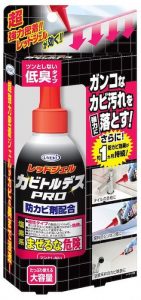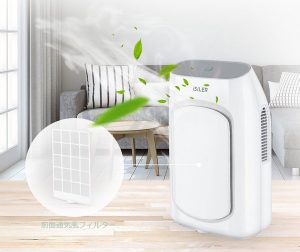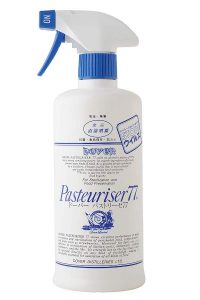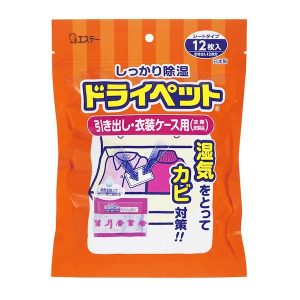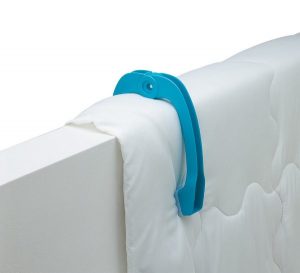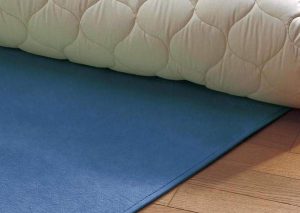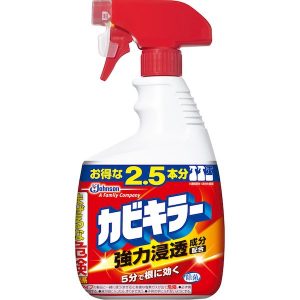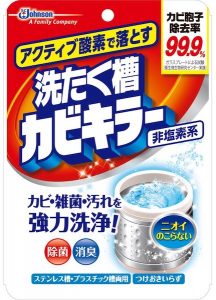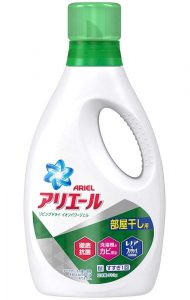
17 May Mold-Fighting Tips for Your Tokyo Apartment
Last Modified on February 3rd, 2020 at 06:13 am
Category: Renting in Japan
Room-by-room tips and cleaning products for battling mold and humidity in Tokyo’s humid summer and rainy season.
The combination of heat and humidity characteristic of Japanese summertime is the perfect breeding ground for mold. Called “kabi” (カビ) in Japanese, mold is the sworn enemy of fresh bread, fabrics, and furnishings in Japanese homes. Most Tokyo residents have a story of something lost to this unmerciful foe, so we’ve prepared this guide to save you from becoming another victim!
Entrance (Genkan)
1. Dry your umbrellas
Keep a cloth near your umbrella holder and dry off your umbrellas before putting them away. This will prevent mold and rust forming on the tops of your umbrellas, and also in the holder itself.
2. Line your shoe box
Shoes get sweaty and stinky at the best of times, and it’s only made worse by the humid Tokyo summer. Many Japanese swear by absorption pads, either on the shelves or put inside each shoe. There are a variety of products available, but here’s a dehumidifying and deodorizing sheet that can be cut and resized:
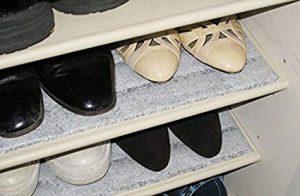
3. Let the air flow
Stagnant air is another cause of mold. Unfortunately, most homes in Japan don’t have screens on their front doors. This makes it difficult to let air flow through your home without also inviting in flies and bugs. Fortunately, removable magnetic screen doors are readily available online and in homeware stores.
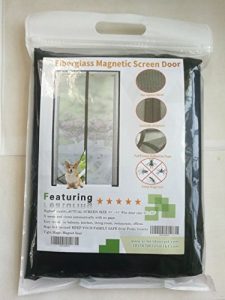
 Kitchen
Kitchen
1. Keep surfaces dry
Droplets of water around your sink area and on kitchen surfaces create a breeding ground for mold. Make sure to wipe surfaces with a clean dry cloth after use.
2. Use gel to remove grout mold
If you do end up with mold growing in your kitchen, you’re likely to find it in hard to clean areas such as in corners and between tiles. In this case, try using a mold-removing gel like “Kabitoru Desu” (カビトルデス). Just squeeze it along the grout, wait 1-2 hours for it to do its work, and then wipe away.
3. Store food appropriately
Keep fruit and nuts in your refrigerator. Depending on how mold prone your home is, you may need to keep rice and condiments in there too.
Tasty fresh bread doesn’t hold up too well in a humid environment. If you’re not likely to eat it within a day or two, store the remainder in the freezer and defrost it when needed. (Storing bread in the fridge makes it go stale faster.)
Living
1. Dehumidify your space
The most effective way to prevent the growth of mold is to keep the humidity of your apartment at 55% or lower. The easiest way to dehumidify a room in Japan is to use an air conditioner unit with a dehumidify function. Look for the word “joshitsu” (除湿) or “dorai” (ドライ) on your remote and then set to your desired temperature.
If you don’t have the dehumidify function, you can buy a standalone dehumidifier “joshitsu-ki” (除湿機) for between $100 to $300. It’s a good idea to set the unit to auto mode so humidity doesn’t build up when you’re not at home.
2. Clean your floors
Prevent mold from setting up camp on carpet or tatami by keeping the room dehumidified and vacuuming regularly. If you find some mold has already grown, you can remove it by using ethanol. Spray the ethanol on the affected area, wipe away the mold, vacuum up remaining spores, spray one more time with ethanol to disinfect, and then wipe the surface until dry. This method is suitable for both carpet and tatami.
There are many brands of ethanol, but here’s a popular one for cleaning:
Bedroom
1. Protect dresser drawers
There’s nothing worse than opening up your drawers at the end of summer to see mold has grown all over your autumn favorites. Avoid this by throwing a few moisture-sucking dry packs into your drawers and storage boxes.
This brand is highly rated by Japanese people on Amazon and includes 12 moisture traps per bag:
2. Put an elephant in your closet
Larger spaces call for a more robust solution, and Mr. Water-Sucking Elephant “Mizutori Zo-san” (水とりぞうさん) is here to save the day. This moisture-collecting container sucks up the humidity in the air, gradually filling with water. If you have a tatami room, it’s recommended to place these containers in the corners of the room as it’s the first place mold tends to grow.
3. Stamp out sleep sweat
It’s a good idea to air out your mattress now and then during the summer months. The easiest way to do this if you live in a small apartment is to lift up one side of the mattress with some books or boxes and set up a fan next to it.
If you sleep on a futon, you can air out your futon by hanging it on your balcony and securing it with futon pegs. (They’re huge!)
If you sleep on a futon, you can buy absorption pads to place beneath it and prevent mold from growing on the underside.
 4. Buy a bedding pad
4. Buy a bedding pad
Sleeping on a bedding pad (or “shiki pad”) will help keep you cool in the summer and protect your mattress by soaking up sweat. Designed to layer on top of a fitted sheet, cooling bedding pads can be found in homeware stores such as Muji and Nitori. They can also be purchased on Amazon.
Bathroom
1. Leave the ventilation on
It’s recommended to keep the ventilation going in your bathroom 24 hours a day. If you believe in turning everything off when you leave a room, you might find this a little uncomfortable, but trust us – Japanese bathroom mold is relentless! The cost of running a ventilator for 24 hours a day is less than $1 per week, which is well worth the trouble it saves.
To get the most out of your ventilator, keep the bathroom door shut to prevent moisture escaping to the rest of the house. Remember to wipe the door vents so mold doesn’t spread in the other direction either.
2. Keep a squeegee in the shower
Most modern Japanese bathrooms are large wet rooms with plastic ceilings and floors. To help keep your bathroom free from mold, wipe away water droplets with a squeegee (or “waipā” ワイパー in Japanese).
3. Use killer products
When it comes to fighting mold in the bathroom, your regular cleaning spray may not be up to the job. One of the most well-known mold-fighting products in Japan is called “kabi kirā” (カビキラー) aka “mold killer”, and it really lives up to its name. Simply spray it on the offending mold, wait 5-10 minutes, and then hose it down. Goodbye kabi!
Laundry
1. Wash your washer
The tank in your washing machine can easily become the source of an unpleasant odor in your laundry. The warm and humid conditions create just the right environment for mold to grow, particularly on the underside of the tub. Fortunately, it’s very simple to clean. Just look for washing tub cleaner (“sentakusō kurīnā” / 洗たく槽クリーナー) online or at your local supermarket.
2. Choose the right drying spot
If you dry your clothes indoors, it’s best to do so in the bathroom. The ventilation fan will keep the air moving, and some high-tech ventilation units even come with a clothes-drying function. If drying in the bathroom isn’t an option for you, hang your clothes on a drying rack in the center of the biggest room in your apartment and turn on the dehumidifier. The center of the room has the best air-flow and putting the clothes there prevents transferring moisture to your wallpaper.
3. Use detergent for indoor drying
Another tip for drying your clothes indoors is to use detergent labeled with “heya boshi senzai-yō” (部屋干し洗剤用) which is detergent for indoor drying. It’s specially formulated to prevent indoor smells (kitchen garbage, cooking smells, stale bathroom smell, etc.) from sticking to your freshly washed clothes and also contains anti-bacterial agents to prevent mold.
We hope you found these tips useful and successfully ward off the mold this summer. You can read our other articles for more advice on renting in Japan, view properties to rent, or contact us for help on finding an apartment in Japan.
